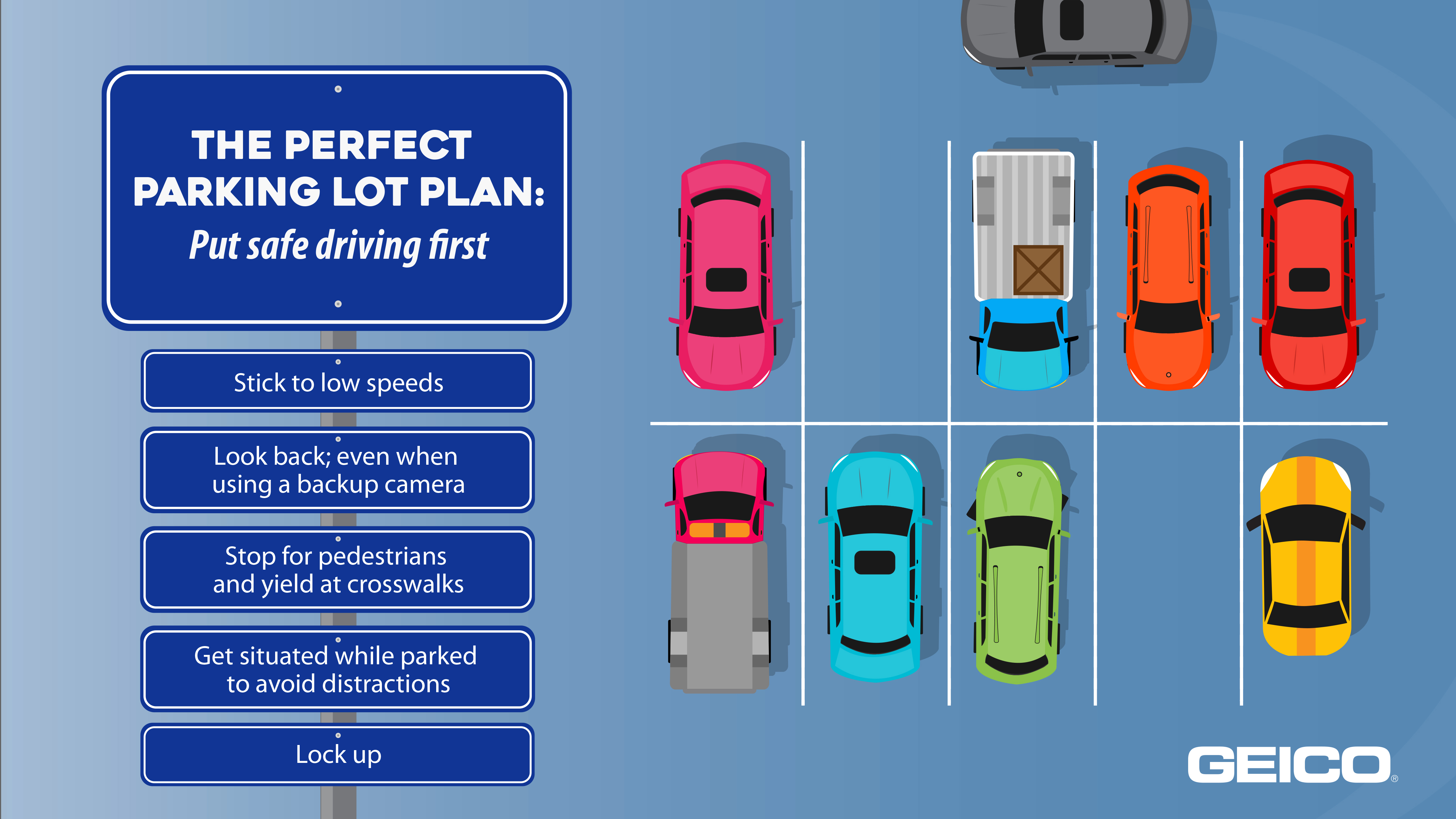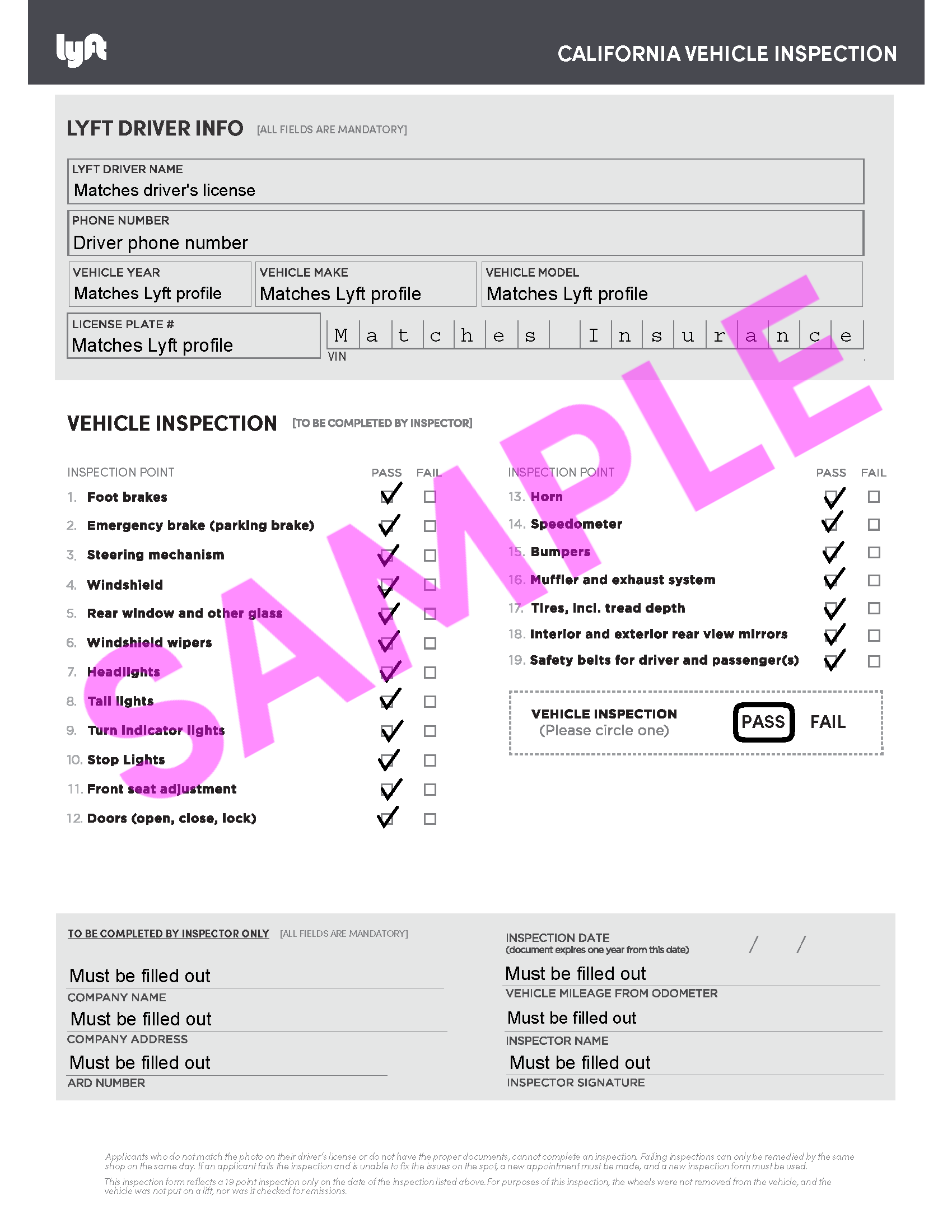10 Driving Tips to Help you Become a Better Driver
Experienced, Licensed Drivers Training instructor with a true passion for driving safety. Currently conducts behind the wheel and classroom training for 1st Stop. Dedicated professional who knows practical applications for interactive, realistic, and hands-on training. Classroom Instructor/Behind the Wheel Instructor.
Helping prevent accidents before they even happen is part of our commitment to safe driving. We know a future of fewer collisions and better-informed drivers is possible. That's why Lexus offers some of the most advanced safety features on the road today. Driving School You Can Count On. With approvals in nearly every state in the U.S., I Drive Safely brings you the most advanced, convenient driver safety courses available online. More than 15 years of expertise for an unrivaled quality driver safety experience; Courses are developed by learning theory experts and professional driving instructors. Eat or drink BEFORE long drives or stop to eat any snacks. Make sure all children, pets, or other passengers are secured before starting the car. Make all adjustments to mirrors, GPS directions, or music selections before driving.
After months of studying the rules of the road and reversing around every corner, you finally got your full driving license.
You left the test centre feeling like a champion.
You no longer need to be accompanied by a qualified driver. You’re finally allowed out on your own.
The roads are yours to conquer. The learning days are behind you.

But, are they really?
In 2014, The Road Safety Authority introduced important road safety measures that apply to newly qualified novice drivers with the aim to “reduce the number of collisions, deaths and injuries among learner and novice drivers, particularly among the high risk 17 to 24- year old”.


Novice drivers are most likely to be killed on Irish roads in the first two years after passing their test due to their inexperience.
In fact, UK research has revealed that 1 in 5 newly qualified novice drivers has crashed in the first six months after passing their test.
(Source: RSA)
Here at First Stop Ireland we gathered 10 Driving tips to help you become a better driver:
- Avoid busy roads
The minute you set off on your own, you are in charge. You must drive safely, thinking of yourself and other road users.
Driving instructors tend to teach on quiet roads. Now you need to drive in busy towns, on motorways and in all sorts of weather.
If possible, avoid busy roads and the peak traffic times until you build up your confidence. Leave earlier and take alternative routes if needed.
- Get to know your car
As a car owner, you should really know your car – inside out. After all, you will spend a lot of time in your car.
Do you know where is the hazard light button? How do you turn on and off the windscreen wipers? Is your handbrake all the way down?
Take time to get to know your vehicle. Sit in it. Look at the buttons and learn what they do.
- Check your mirrors
Your mirrors need to be adjusted correctly to avoid blind spots.
A blind spot is a part of the road that you can’t see. Before you take off, make sure side and rear-view mirrors are adjusted accordingly. The rear-view mirror must be adjusted so that you can see the back window of your car entirely.
Extra tip: to avoid being blinded by a car behind you, change the angle of the mirror by pulling down the lever under it.
- Use your handbrake
The handbrake is essential to your safety and those around you.
When to use a handbrake? Whenever you park or stop at the lights. The handbrake will secure a car and prevent it from rolling backwards when you move off.
When in doubt – use a handbrake!
- Forget about the phone
Mobile phone use while driving has become one of the leading causes of vehicle accidents.
For obvious reasons a phone shouldn’t be used when driving. Taking your eyes off the road for even a few seconds increases your risk of crashing.
“It is illegal to hold a mobile phone in your hand or support it with another part of your body, for example between your head and shoulder, when you're driving. You can only use your mobile when you're driving if you are phoning 999 or 112, or it is another type of emergency”.
(Source: RSA)
Whatever the text message is or whoever is calling – that can all wait. Your safety and the safety of other road users comes first.

- Practice, practice, practice
It’s easy to stress and panic when on the road for the first time alone. You could be driving for weeks and still not feel confident enough. That’s all normal. Confidence comes with time and practice.
Practice whenever you can – even if it’s driving around the estate or to the first shop. You could also go out at different times of the day to get a feel for how the roads change.
- Parking
Parkinga car between two other carsis one of the most common manoeuvres that drivers make. It is also one of the most challenging tasks for a new driver.
Don’t fret – there’s a way.
Before you master parking like a pro, follow these simple tips to get you going:
- Find a parking space with not too many cars
- Position your car
- Make sure you signal when you have found a parking space
- Turn the wheel sharply and make sure your car is in the spot entirely while crawling in the first gear
- Straighten your wheels and apply a handbrake on
Parking is a manoeuvre that takesskill, confidence and patience. You also need to understand the length of your car.
- Know your route
Get to know yourroute beforehand by driving with someone more experienced. Familiarise yourself with theroad signs and what they mean. Checkout the hazards you're likely to find. It will help you build the confidence.
- Stick to the speed limit

Speeding is one of the leading factors in fatal crashes. The higher your speed, the less time you have - to stop your car.
Drivers First Stop Safety Training
It’s easy to feel intimidated by other drivers who are going faster than you. Don’t mind what other drivers think.
Some of them drive faster than the speed limit. Don’t be like those drivers.
Obey the speed limits. They are there to keep you and other road users safe.
- Don’t tailgate and don’t “ask” to be tailgated
Drivers First Stop Safety Signs
Tailgating is driving too close to the vehicle in front, not leaving enough distance to stop.
Follow the “Two-second rule”; if you pass that same spot less than two seconds later, you are too close.
Also, don’t be driving way too slowly, unnecessarily holding up a queue on the road.
Confident driving relies on you anticipating what is about to happen, and for that you need to be able to see the road ahead.
Drivers First Stop Safety Jobs
Happy driving!
